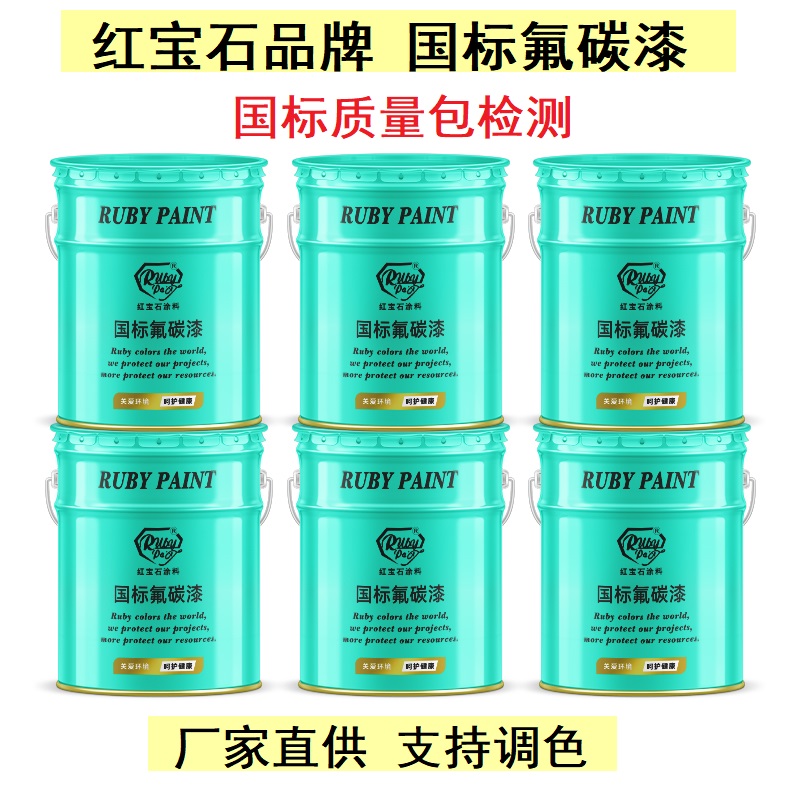Table of Contents
Mastering Acrylic Paint Techniques on Wood: A Comprehensive Guide
Acrylic paint, with its vibrant colors and easy cleanup, is a popular choice for artists of all skill Levels. When applied to wood, this versatile medium adheres well and dries quickly, making it an excellent option for a variety of projects. However, to truly master the art of using acrylic paint on wood, it’s essential to understand the various techniques that can be employed to create stunning pieces of art.
Before diving into the techniques, it’s important to note that preparation is key. The wood surface should be properly prepared to ensure the best possible outcome. This involves sanding the wood to create a smooth surface, and then applying a primer to seal the wood and prevent the paint from soaking in. Once the primer is dry, you’re ready to start painting.
One of the most basic techniques is flat painting. This involves applying the paint in a thin, even layer across the surface of the wood. This technique is ideal for creating solid blocks of color and is often used as a base for more complex designs. To achieve a smooth, even finish, it’s recommended to use a wide, flat brush and to apply the paint in long, straight strokes.
Another technique that can be used to add depth and texture to your artwork is dry brushing. This technique involves dipping a dry brush into the paint and then lightly brushing it onto the wood. The result is a textured, almost scratchy look that can add a unique element to your piece. Dry brushing works particularly well when using a lighter color over a darker base coat, as it allows the base color to show through.
For those looking to create more intricate designs, stenciling is a technique worth exploring. This involves placing a stencil over the wood and then applying paint over the top. Once the stencil is removed, the design remains on the wood. This technique allows for precise, detailed designs that would be difficult to achieve freehand.

Glazing is another technique that can add depth and dimension to your artwork. This involves applying a thin, transparent layer of paint over a dried base coat. The base color shows through the glaze, creating a rich, layered effect. Glazing can be used to create a variety of effects, from subtle color shifts to dramatic changes in hue.
| No. | Commodity Name |
| 1 | Industrial paint |
Finally, there’s the technique of impasto, which involves applying paint in thick layers to create a textured, three-dimensional effect. This technique is often used in abstract art and can add a dramatic, tactile element to your piece.
In conclusion, mastering acrylic paint techniques on wood involves understanding and experimenting with a variety of methods, from flat painting and dry brushing to stenciling, glazing, and impasto. Each technique offers its own unique benefits and can be used to create a wide range of effects. By taking the time to learn and practice these techniques, you can enhance your skills and create stunning pieces of art on wood. Remember, the key to success is preparation, patience, and a willingness to experiment.

